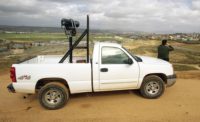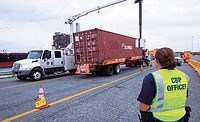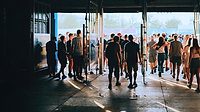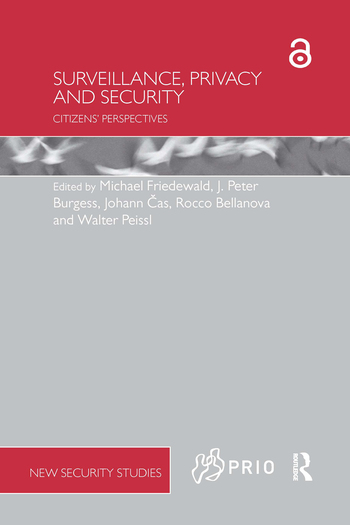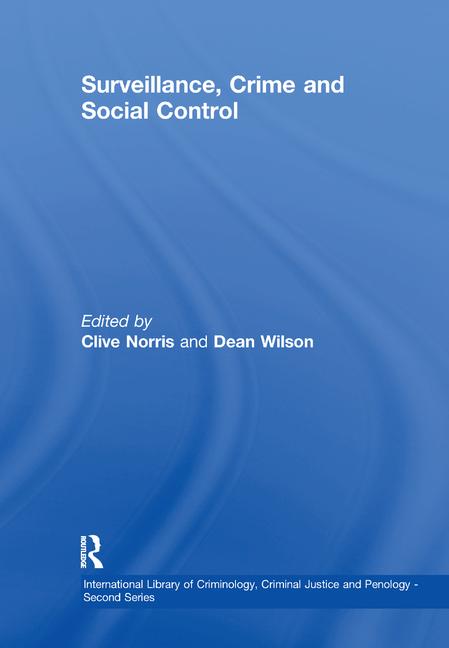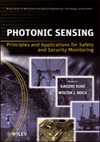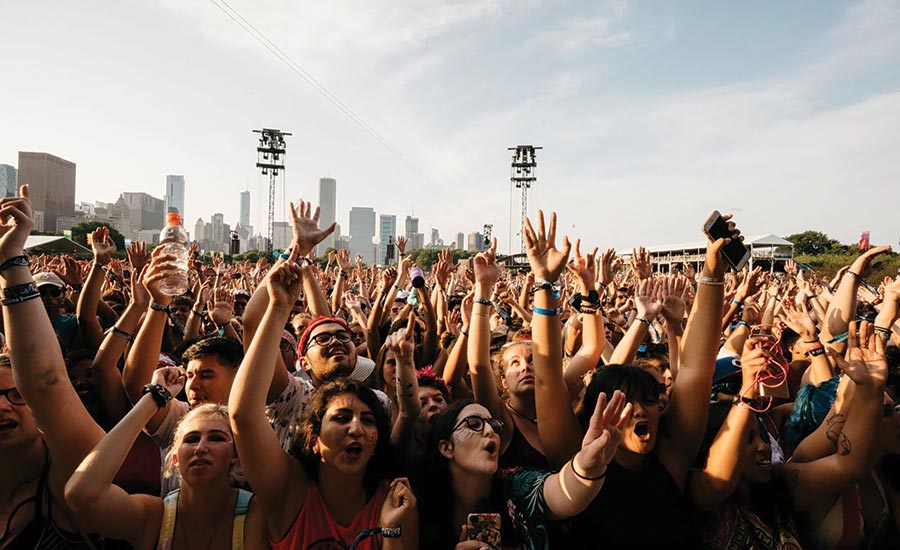Surveillance's Role in Controlling Crowds
How are security enterprises leveraging video to secure temporary events?

The crowds at Lollapalooza 2018 in Grant Park in Chicago.
Photo courtesy of Katrina Barber (C3 Photo).

As former security director at the Hard Rock Hotel in Las Vegas, Douglas Florence has seen firsthand the impact of video surveillance at a temporary event.
Photo courtesy of Douglas Investigative Group

Thanks to technological innovations, “we are seeing video used in much more creative ways than in the past,” says Steve Kaufer, a co-founder of the Workplace Violence Research Institute and former president of the International Association of Professional Security Consultants.
Photo courtesy of Inter/Action Associates

“One of the big concerns on a college campus is around privacy issues. There is this perception that cameras are invasive,” says Josh Bronson, Director of Training at the International Association of Campus Law Enforcement Administrators.
Photo courtesy of International Association of Campus Law Enforcement Administrators




As security director at the Hard Rock Hotel in Las Vegas, Douglas Florence had the helm when that hotel hosted a weekly filming of the reality show Rehab – basically, a massive pool party. He saw firsthand the impact of video surveillance at a temporary event.
“With 3,000 to 5,000 people poolside, we used it for risk management, for life safety issues. You need to be able to observe the areas of egress. You need to observe the crowd,” says Florence, a past ASIS vice president and head of Douglas Investigative Group in Las Vegas. “The cameras are always working in tandem with your front-line security. When the person watching the screen sees something that doesn’t look right, any kind of behavior that doesn’t seem to fit, they are on the radio.”
Video can play a key security function at concerts, sporting events, political rallies and other temporary gatherings. Here, we look at the evolving role of video in event security, including best practices as experienced by those in the field, in addition to emerging technologies supporting event security.
The Big Picture
Greg Guzzetta has helped to secure massive events like Lollapalooza, Coachella and the Chicago Marathon. Given the unique security needs of temporary gatherings, he’s found video surveillance to be an invaluable tool, but one that must be wielded with some care.
“You have to understand the way sites are laid out and the way they operate,” says Guzzzetta, who serves on the advisory panel of the Event Safety Alliance. “I will look at a CAD drawing of a festival to know where the crowds will be and how things will flow. Then we work with festival directors to highlight areas of interest that might be unique to the site.”
All this back-end work is integral to a successful video deployment. “It’s not about just throwing up a bunch of cameras,” says Guzzetta, who heads up Event Intelligence Group in Culver City, Calif.
To deploy video successfully at temporary events, some suggest taking a step back to consider the big picture before jumping into a full-scale deployment. Video requires a strategy. It should be “a component of a layered defense, not just something put up in an ad hoc fashion,” says ASIS past president Tim Williams.
A simple starting point: What are you defending, and why? “Securing a senior management meeting off site will be much more delicate than securing a sporting event,” said Williams, now vice chairman of Pinkerton. “In one you have confidential information being exchanged, or you have visitors who the client doesn’t want identified for competitive reasons. In the other you have alcohol, or you might have a camera over the cashier’s office. The nature of the event defines the risk, and that determines your security strategy, including the use of video.”
In some cases, the context of the event can have a profound impact on the way in which video gets implemented.
Take for instance the academic world. “One of the big concerns on a college campus is around privacy issues. There is this perception that cameras are invasive,” says Josh Bronson, Director of Training at the International Association of Campus Law Enforcement Administrators.
Those privacy concerns should factor in for any security professional looking to incorporate video. “A lot of it is in the messaging. At an event, you can put out signs indicating the area is under surveillance for protection,” Bronson says. “Technology also helps with this. The University of Maryland, for instance, has technology where if you zoom in too close to a window, the technology actually prevents you from seeing into that window. That’s a nice kind of compromise.”
In fact, technology is playing a big part in driving the ever-expanding role of video in event security.
Evolving Role
Thanks to technological innovations, “we are seeing video used in much more creative ways than in the past,” says Steve Kaufer, a co-founder of the Workplace Violence Research Institute and former president of the International Association of Professional Security Consultants.
In the past, video surveillance at a temporary event typically came in the form of a mobile trailer provided by local law enforcement, whose officers would operate and observe a scattering of pan-tilt-zoom cameras, which had to be hard-wired together.
“Now we are seeing a different twist,” says Kaufer, who is president of Inter/Action Associates in Palm Springs, Calif.
The mass shooting in Las Vegas in October 2017 turned eyes toward the sky, as the gunman fired from the 32nd floor of a hotel. Since then, event security professionals have increasingly been looking to deploy drones as part of their video apparatus.
At the same time, the advent of WiFi-enabled cameras has also been a game changer. “Think about a large parking lot that’s been turned into an event space,” Kaufer says. “You can’t run wires across that large expanse of asphalt – and now you don’t have to. You can put the cameras on the light poles and send the signal wireless. It makes the addition of video easier and more affordable.”
Facial recognition may be the next step in the evolution of event video. Taylor Swift used it on her latest concert tour, deploying hidden video cameras to watch the crowd for known stalkers.
With or without the tech upgrades, the essence of event video remains the same: To watch for something. Security pros describe the nature of that something as being more art than science.
“We’re not necessarily looking for things to go down. We’re looking for ‘disturbances in the Force’ – that feeling when something is not right,” Guzzetta says. “All our operators understand the way events flow. If a big act is finishing here, a good chunk of the crowd should flow from here to there. We watch to make sure people aren’t getting trapped between the stages. We watch for crowd sway.”
Making it Work
In the effort to leverage video against that suspicious “something” at a temporary event, some long-time challenges persist. Logistics, for instance, are an ongoing concern.
“Time is always an issue,” Guzzetta says. “We hang our cameras off of infrastructure that they assemble for the event. So we can’t go in two weeks before, because there is nothing to hang from. For a big festival we may have just four or five days, and there are hard deadlines.”
Success depends on tight coordination between security professionals and the event producers. “We have to cooperate closely with them,” he adds. “You need to understand who to go to when you need something, and we do as much advance work as possible,” Guzzetta adds.
At the same time, the tech enhancements themselves have introduced some new logistical demands. If you’re going to deploy a few dozen Wi-Fi enabled cameras, “then you have to plan for the bandwidth that you will need,” Florence notes. “These networking requirements can be dealt with, but you do have to think them through,” he says. “With cameras that I am not looking at right at this moment, we might go to half real-time to save bandwidth, or we might drop resolution. Then I can increase the bandwidth on the camera that I am most interested in.”
Bandwidth is just the tip of the iceberg when it comes to the complexity surrounding a video deployment. Security at a temporary event will have to take into account the physical layout of the site; patterns of crowd movement; points of entry and egress; as well as with a range of other factors, in order to effectively deploy a video feed.
In spite of such complexities, those who have successfully deployed video for security at temporary events say the reward can more than justify the effort.
Guzzetta saw the value of this when a sudden turn in the weather forced concert organizers to evacuate some 65,000 attendees from Chicago’s Grant Park.
“Kids don’t want to leave. They have their place right in front of the main stage, and they don’t want to give it up. Bartenders don’t want to leave their stock unsecured,” he says. Boots on the ground aren’t enough at a time like this. “When everyone else thought the site was empty, we found a group of some 200 kids who were hiding in a corner because they didn’t want to leave. We couldn’t have found them without the cameras.”
Looking for a reprint of this article?
From high-res PDFs to custom plaques, order your copy today!



